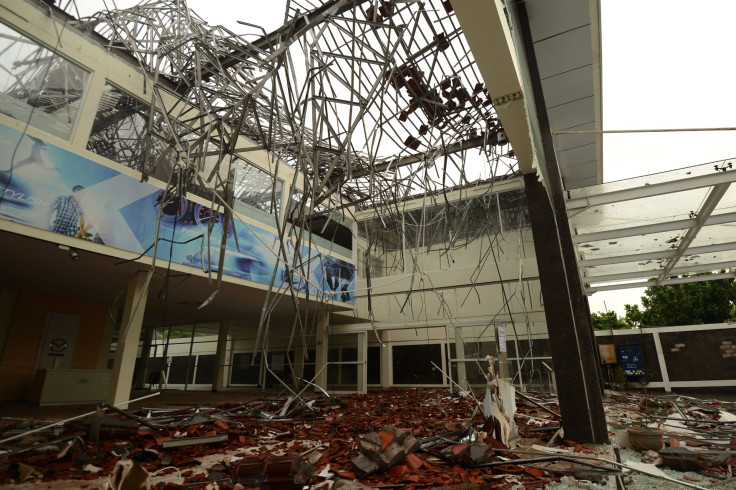Researchers Discover Giant Tectonic Plate Under Indian Ocean Is Splitting

KEY POINTS
- The tectonic plate in the Indian Ocean is breaking apart
- The plate's movement caused the 2012 earthquake near Indonesia
- Faults within the plate would produce powerful earthquakes every 20,000 years
A team of researchers discovered that a massive tectonic plate in the Indian Ocean between Australia and India is breaking apart. According to the researchers, the movement of the plate triggered the powerful earthquakes that shook Indonesia in 2012.
The study regarding the movement of the tectonic plate was led by researchers from the Institute of Earth Physics of Paris. It was published in the journal Geophysical Research Letters.
The researchers made their discovery after studying the origins of the earthquakes that occurred on April 11, 2012. The magnitude 8.6 and 8.2 earthquakes originated underwater near Indonesia. The incident left 10 people dead and 11 others injured. Tsunami warnings were also raised due to the earthquakes.
Despite the strength of the earthquakes, the researchers noted that they were not produced by two tectonic plates rubbing against each other. Instead, the earthquakes came from the middle portion of one tectonic plate.
Through their investigation, the researchers learned that the tectonic plate in the Indian Ocean is splitting into two. Traces on the plate revealed that it has been moving apart by 0.06 inches each year. At this rate, it would take a million years for the two portions of the plate to be a mile apart.
Due to the movement of the plate, the researchers detected multiple pull-aparts or trike-slip faults, which could trigger earthquakes when they move past each other. According to the researchers, 62 of these faults fall within a fracture zone that spans about 217 miles.
The researchers noted that these faults might have started forming about 2.3 million years ago when the tectonic plate began to break apart. Although these faults triggered the powerful earthquakes in 2012, the researchers noted that they wouldn’t cause another natural disaster anytime soon.
Based on the findings of the researchers, the next powerful earthquake produced by the faults would most likely take place in about 20,000 years.
“[The] April 2012 event rupture would yield recurrence times of such very large events on order of 20,000 years, much longer than along classic plate boundary faults,” the researchers wrote in their study.
© Copyright IBTimes 2025. All rights reserved.





















